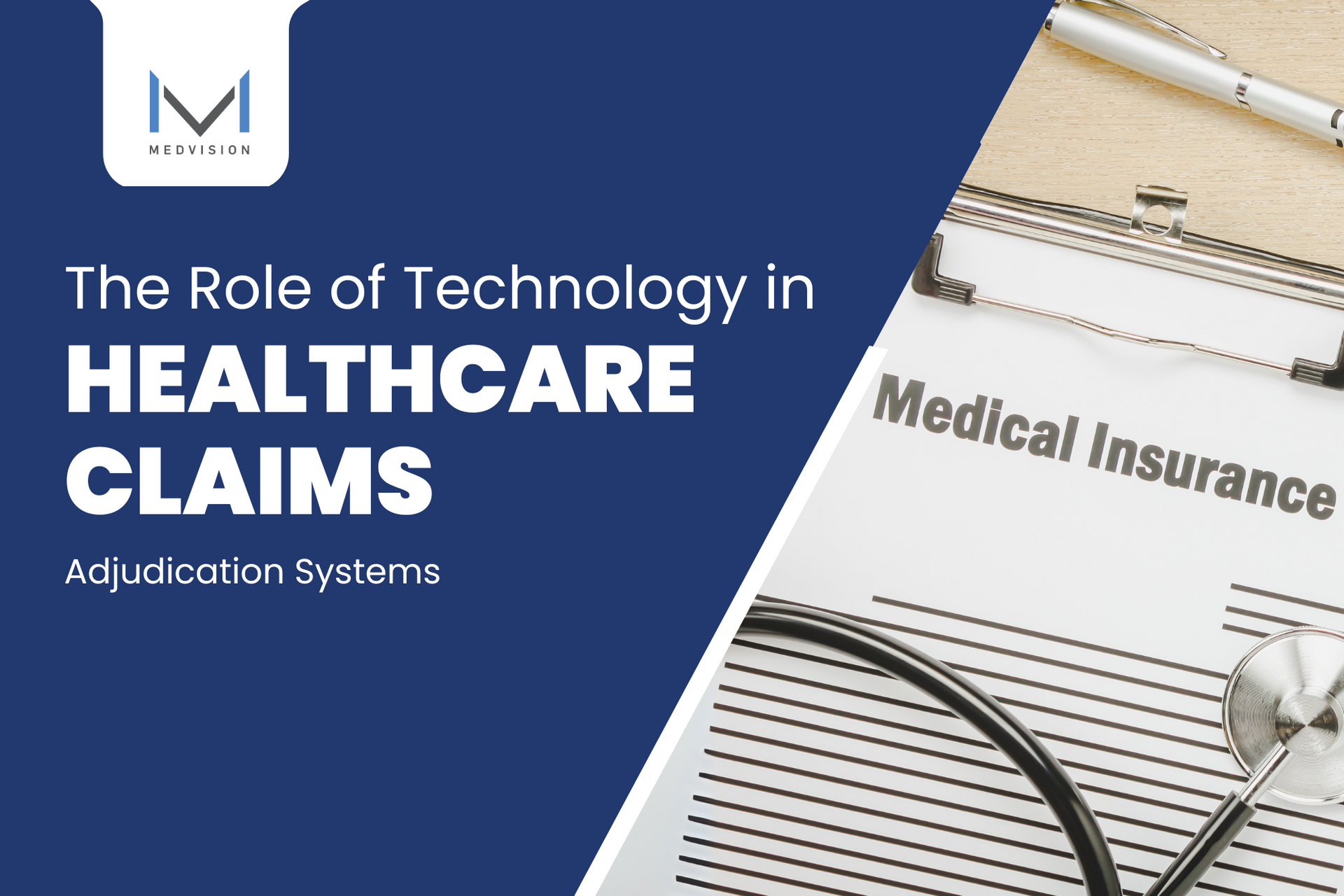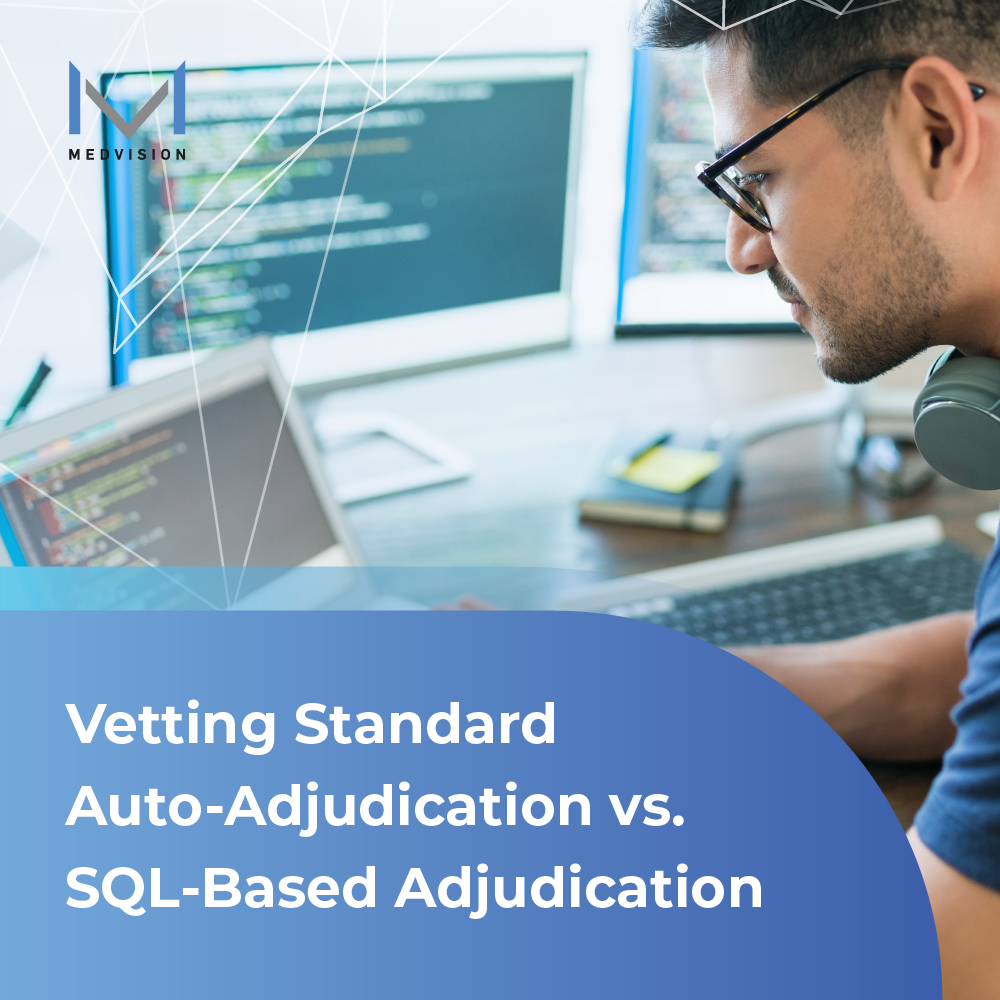Understanding Claims Adjudication:
How Does it Work?
When a patient receives care, a behind-the-scenes process kicks off that determines whether the provider gets paid—and how much. This process, known as
claims adjudication, is at the heart of how healthcare organizations manage revenue and reimbursements.
For many providers, it can feel like a black box. But understanding the steps involved—and how the right technology can improve outcomes—can help you optimize your
medical billing workflow and reduce claim denials.
Manual vs. Automated Claims Adjudication: What’s the Difference?
Health plans and provider organizations invest heavily in
medical claims processing. Whether done manually or through automation, it can impact your bottom line.
Manual Adjudication
Manual adjudication involves data entry specialists or claims examiners reviewing each claim by hand. It’s detailed—but also time-consuming, error-prone, and resource-intensive. Even small mistakes like a wrong code or missing patient detail can delay payment or result in denials.
Automated Claims Adjudication
By contrast, automated claims adjudication uses intelligent software to process claims faster, more accurately, and in alignment with payer policies. Automation reduces the need for human intervention, speeds up reimbursement, and improves compliance.
The Step-By-Step Process of Claims Adjudication
1. Claim Submission
The process begins when a provider submits a claim to the patient’s insurer. This includes patient demographics, diagnosis and procedure codes, provider information (including NPI), and service details.
A small data error—like a misspelled name or an invalid CPT code—can cause immediate rejection. Fortunately, rejected claims can be corrected and resubmitted for payment.
2. Claim Review
Automated Review: The system scans the claim to check for basic eligibility, policy rules, required documentation, and coding accuracy.
Manual Review: If needed, a licensed medical reviewer (often a nurse) takes a closer look. They assess medical necessity, prior authorizations, and how the claim aligns with the patient's policy and treatment history.
3. Payment Determination
Once the review is complete, the payer determines whether the claim is:
- Approved: The claim is reimbursed in full.
- Partially Paid: The amount is adjusted based on medical necessity, coding, or policy limitations.
- Denied: The claim may be rejected for reasons like coverage exclusions or incorrect documentation.
The decision is based on multiple factors including the
healthcare payment solution rules, coding standards, and benefit plan specifics.
4. EOB and EOP Issuance
When a decision is made, the payer generates:
- An Explanation of Benefits (EOB) for the patient
- An Explanation of Payment (EOP) or remittance advice for the provider
These documents explain what was paid, adjusted, or denied—and why. They’re crucial for tracking reimbursements and resolving disputes.
Why It’s Time to Rethink Your Claims Adjudication Process
If your organization still relies heavily on manual processes, it may be time to explore smarter solutions. Delays, errors, and denials don’t just hurt your cash flow—they impact patient satisfaction and operational efficiency.
This is where a modern
claims adjudication software like
QuickCap can make a measurable difference.
With QuickCap, you can:
- Minimize errors and reduce rework
- Speed up reimbursement timelines
- Predict outcomes using claims analytics
- Improve accuracy with rule-based adjudication
- Integrate seamlessly with your existing systems
Partner with QuickCap for smarter, faster, and more accurate claims adjudication—so you can focus on what matters most: delivering care.
By Ma. Yvette Quiwa
•
December 13, 2024
Learn how advancements like automation and customizable workflows transform healthcare claims adjudication, improving accuracy and streamlining processes.
January 20, 2023
A comparison between standard auto-adjudication vs. SQL-based adjudication reveals which workflow best fits the demands of today's healthcare industry.
May 11, 2022
Every healthcare company must deal with time-consuming claims adjudication. Learn how to automate claims to enhance productivity.
















